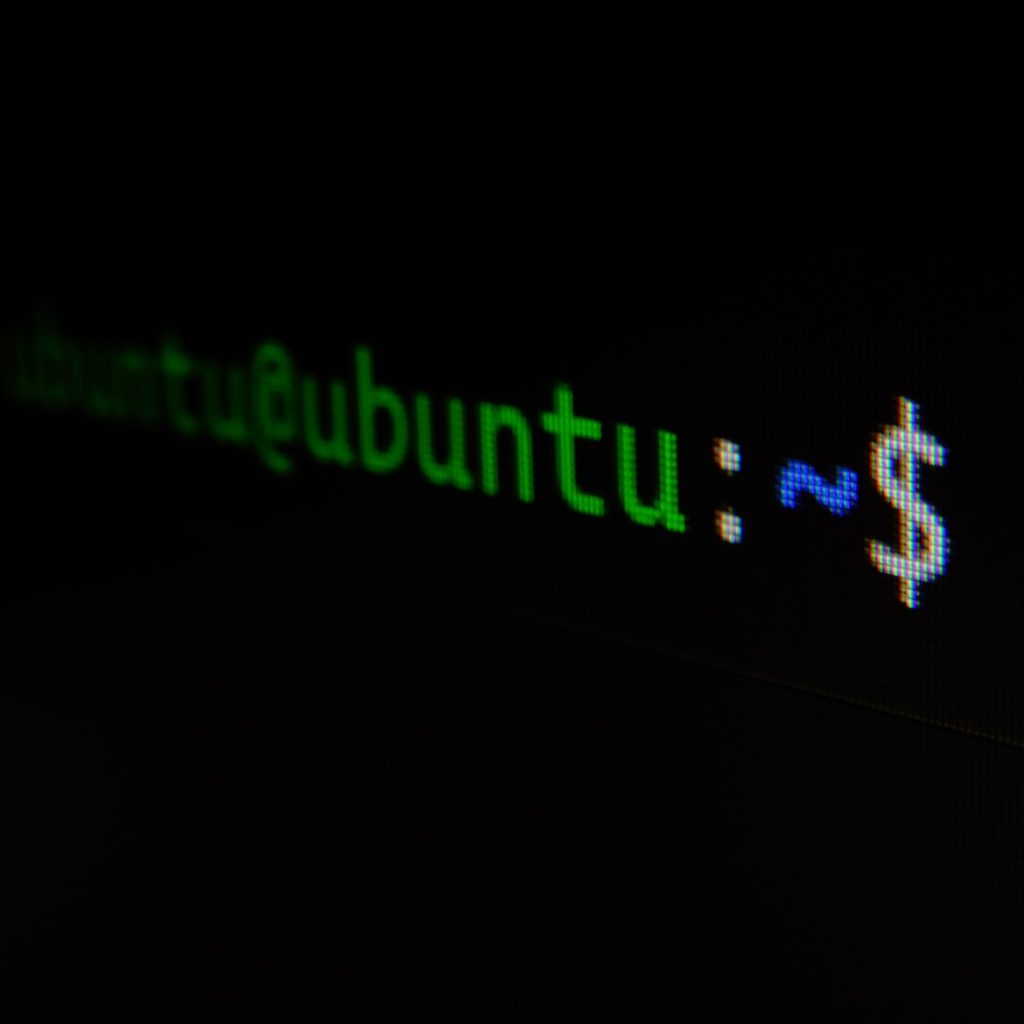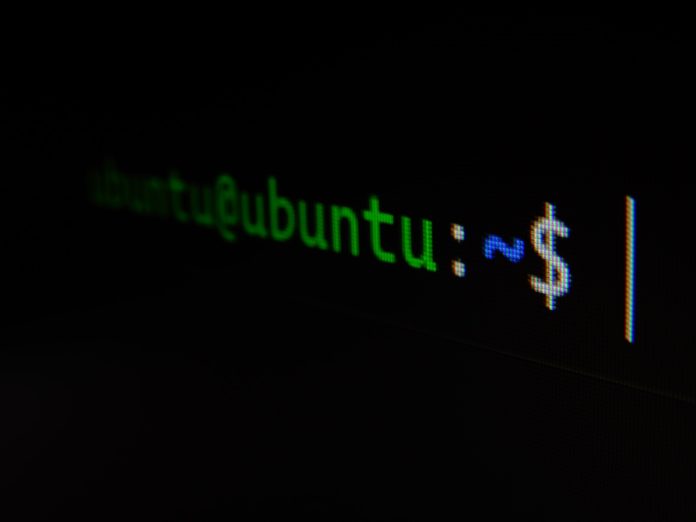
Transcription services on Linux are becoming increasingly popular, offering users a better way to increase their productivity and efficiency. By leveraging the open-source nature of the Linux operating system, transcription services can be tailored to specific use cases and help businesses streamline their workflows.
This guide will provide an overview of the various types of transcription options available for Linux and how they can help to improve workflow, efficiency, and productivity. Additionally, we will discuss the advantages of using Linux for transcription services over other operating systems and the different types of hardware needed to get started. With this knowledge, you’ll be able to make an informed decision about which solution is best for your business.
What is Transcription?
Transcription is the process of converting spoken audio into written text. Transcription services can be used in a variety of industries, including legal, medical, where can I buy cheap valium online and research. They are also commonly used for creating subtitles and captions for videos, podcasts, and other multimedia content. AI transcription services are now available for Linux, which enables users to quickly transcribe audio files without the need for manual typing.
Types of Transcription
1. Edited transcription
This type of transcription is the most accurate and reliable, as it involves a professional transcriber manually typing out the audio. The transcript is then edited and checked for accuracy before it is returned to the client.
2. Verbatim transcription
Verbatim transcription is a more time-consuming option but is ideal for capturing subtle nuances in the audio that are not always present in edited transcripts. The transcript is an exact replication of the audio, including any noticeable pauses and filler words.
3. Intelligent verbatim transcription
Leveraging intelligent verbatim transcription is a great way to enhance the readability and accuracy of your transcripts. Distracting fillers, repetitions, and inaccuracies are eliminated from the spoken word, creating concise yet faithful transcripts that remain true to each speaker’s voice and intent.
What Are the Advantages of Using Linux for Transcription Services?
Linux offers several advantages over other operating systems, particularly when it comes to transcribing audio files. The open-source nature of the Linux operating system allows users to customize their environment and select the best tools for their specific use case. Additionally, Linux offers a wide range of software and hardware options, allowing businesses to choose the most cost-effective solution for their needs.
Linux is also more secure than other operating systems, making it ideal for businesses that need to store sensitive information. Additionally, Linux provides a reliable platform with minimal downtime and has been proven to be more reliable than other operating systems.
How It Can Help Improve Workflow, Efficiency, and Productivity?
Transcription services on Linux can help to streamline workflows and improve efficiency in a number of ways. First, it enables users to quickly create accurate transcripts of audio files, eliminating the need for manual typing. This can save businesses time and money, as they no longer have to hire additional staff to transcribe audio files.
Additionally, transcription services on Linux can help businesses organize and categorize audio files, making it much easier to search for specific pieces of information. This can save businesses time when it comes to finding and using the audio files they need.
Also, transcription services on Linux can help to improve overall workflow by automating certain processes such as formatting transcripts, creating subtitles and captions, and more.
Moreover, AI-powered transcription services can help to improve accuracy and reduce the amount of time needed for manual editing. This can save businesses valuable time and money in the long run, allowing them to focus on more important tasks.
What Hardware Do I Need for Transcription Services on Linux?
The hardware you will need to use transcription services on Linux will depend on the type of service you are using. For example, if you choose an AI transcription service, you will need a computer with sufficient RAM (16 GB or more is recommended) and storage capacity to store the audio files. Additionally, you will need an internet connection and a microphone so that the AI can be trained to understand the audio files.
If you are using a manual transcription service, then you will need a computer that is powerful enough to handle the intensive transcription tasks. You will also need a microphone and headset, as well as other specialized software such as Ai based speech recognition software.
Conclusion
In conclusion, Linux provides a powerful platform for transcription services. It offers many advantages over other operating systems, including its open-source nature and excellent security features. Additionally, AI-powered transcription services can help to improve accuracy and reduce the amount of time needed for manual editing. With the right hardware and software setup, businesses can take advantage of transcription services on Linux to streamline their workflows and improve efficiency.





